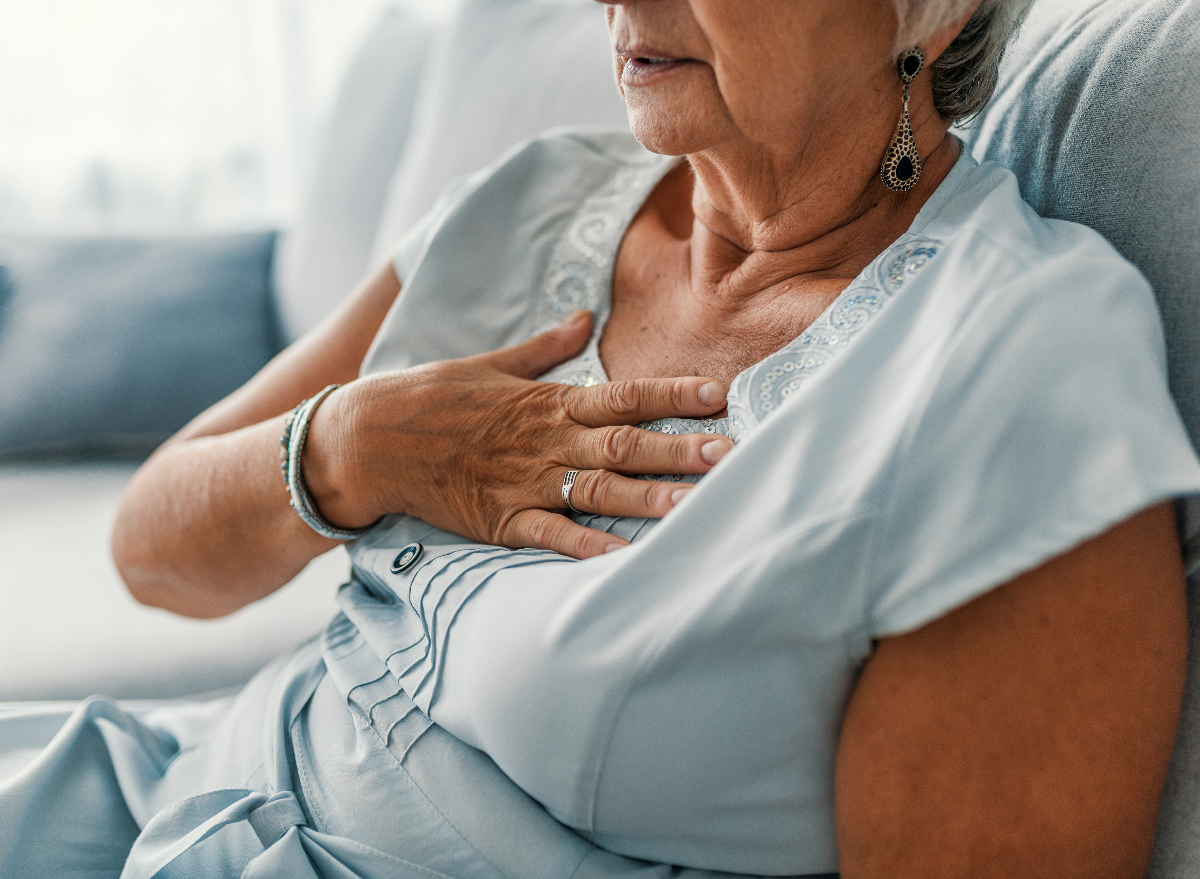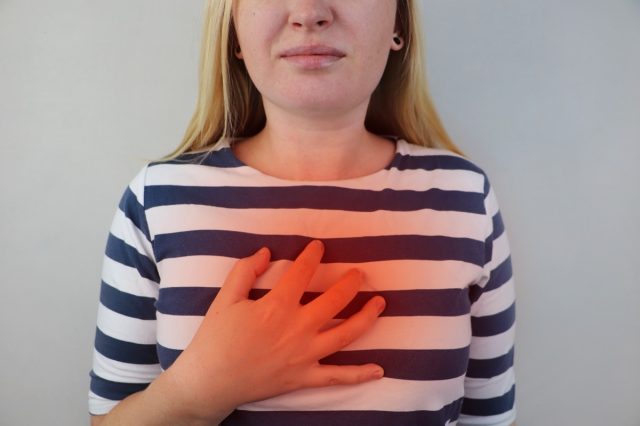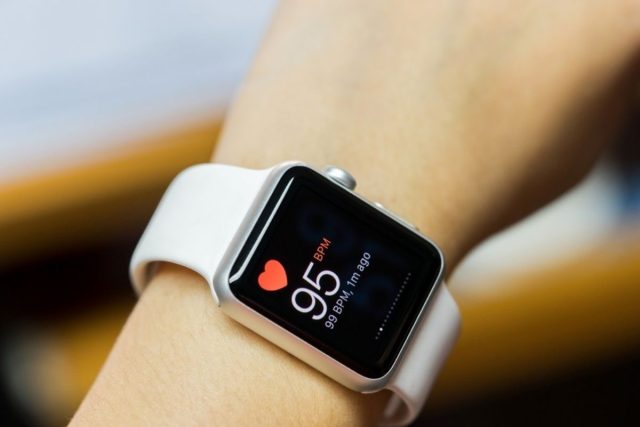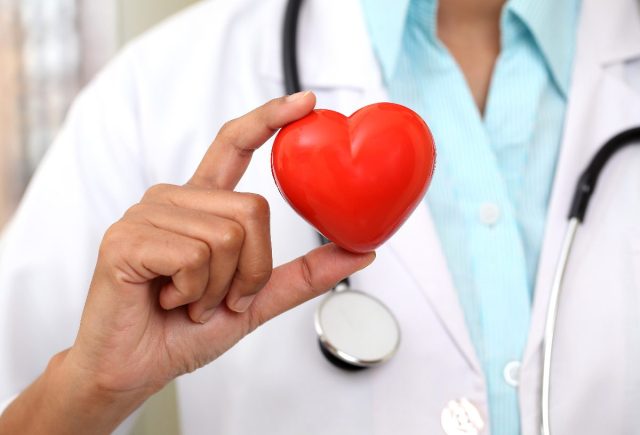
Deaths from cardiovascular disease spiked in 2020, the first year of the COVID-19 pandemic, the American Heart Association reports in a new statistical analysis. Mortality rates were especially high for Asian, Black and Hispanic people, the association says. "Cardiovascular disease-related deaths jumped from 874,613 in 2019 to 928,741 in 2020, the largest single-year increase since 2015," the association reports. The numbers came from a 2023 update to the association's heart disease and stroke statistics reported in Circulation.
The previous high number of deaths was in 2003 (910,000). Heart disease is the leading cause of death among Americans.
"The age-adjusted mortality rate takes into consideration that the total population may have more older adults from one year to another, in which case you might expect higher rates of death among older people," says Dr. Connie W. Tsao, assistant professor of medicine at Harvard Medical School, in a statement. Tsao is an attending staff cardiologist at Beth Israel Deaconess Medical Center in Boston.
The 2020 increase in deaths reversed a decline in age-adjusted rates and reflected the effects of the pandemic, Tsao said.
Here are the signs and symptoms of cardiovascular disease and what you need to know to avoid becoming a statistic.
What Is Cardiovascular Disease?

Cardiovascular disease is a broad category of illnesses that includes heart disease, stroke, heart failure and high blood pressure, the association says.
"Heart disease is a very broad term," says Dr. Todd Villines, a cardiologist with the University of Virginia Health System. "I think most people who think of heart disease think of heart attacks or coronary artery disease, and that certainly is the most common form of heart disease. But it's certainly much broader than that."
Villines adds: "It includes things such as diseases [of] the heart muscle, or heart failure, where the heart doesn't either contract or relax normally. It includes valve diseases, diseases of the electrical system of the heart and even diseases of the lining of the heart."
Coronary artery disease is when plaque builds up in the heart arteries. It results from high cholesterol, high blood pressure, being overweight, smoking, not being active and genetics, Villines says.
Who's at Risk for Cardiovascular Disease

Everyone is susceptible to cardiovascular disease, but Asian, Black and Hispanic communities saw the largest increases in cardiovascular-related deaths, the association reports. That is the result of systemic disparities in the health care system, among other things.
"People from communities of color were among those more highly impacted, especially early on, often due to a disproportionate burden of cardiovascular risk factors such as hypertension and obesity," says Dr. Michelle A. Albert, the association's president, in a statement. Albert is a professor of medicine at the University of California, San Francisco, and admissions dean for the University of California, San Francisco, Medical School.
Other groups, including LGBTQ people and those living in rural areas, are similarly at risk, the association says. "We know that to address discrimination and disparities that impact health, we must better recognize and understand the unique experiences of individuals and populations," Tsao says.
Signs and Symptoms of Cardiovascular Disease

"The most common symptoms that we see are … chest pain, shortness of breath or palpitations," says Dr. Kristofer Dosh, a cardiologist on the UP Health System's Marquette heart and vascular team in Michigan. "A lot of the various types of problems that we deal with will have at least one of those symptoms."
The most common symptom is chest pain of various types, Dosh adds: "Pressure, aching, burning, some sort of chest discomfort."
Other symptoms include discomfort or achiness in the calves or quadriceps muscles of the leg, usually while walking. "Most of the symptoms that we see in the cardiovascular realm get worse with exertion," Dosh says.
"You should be aware of anything on the left side of the chest," Dosh adds. "We often run into problems with people who write off symptoms of vague chest discomfort. We'll often ask people if they're having chest pain, they say, 'No, I'm not having chest pain.' But then they'll say a minute later, 'I was just having this pressure, achiness.' If it's getting worse, particularly if it's occurring at rest, doesn't go away after a couple minutes, that could indicate a heart attack, can be a potentially life-threatening problem, something that needs urgent care."
"There are atypical symptoms, and sometimes we could feel … like heartburn or may feel … like you have [an] impending sense of doom," says Wael H. Dabaja, a doctor of osteopathic medicine at Henry Ford Medical Center in Brownstown, Michigan. "So there's a wide variety [of symptoms]. But again, there are the classic symptoms that everyone should certainly be aware of."
Effects of COVID-19 on Death Rates

The COVID-19 pandemic affected the cardiovascular health of Americans. "Factors such as obesity, diabetes and high blood pressure put people at higher risk for more severe COVID-19 illness," the association finds.
"COVID-19 has both direct and indirect impacts on cardiovascular health," Albert says. "As we learned, the virus often attacks the body's circulatory system, causing new clotting and inflammation. We also know that many people who had new or existing heart disease and stroke symptoms were reluctant to seek medical care, particularly in the early days of the pandemic. This resulted in people needing more acute or urgent treatment for what may have been manageable chronic conditions. And, sadly, appears to have cost many [of] their lives."
What You Can Do

Dr. Eduardo Sanchez, chief medical officer for prevention at the American Heart Association, advises following what he calls "Life's Simple Seven": steps to prevent cardiovascular disease.
"It's simple to say them," Sanchez says. "It's not always easy to do them. But here are the things. One, not smoking. Two, being regularly physically active. Three, eating a healthful diet. … Four, having [a] healthy weight or maintaining current weight. Five, … blood pressure that is controlled. Six, cholesterol that is being managed. And seven is knowing and then addressing blood glucose" levels.
Medications may be required to manage hypertension, cholesterol or blood sugar levels if lifestyle changes aren't enough, he adds.
Regular lab tests are an important part of making sure you are healthy, adds the retired Dr. Jerry Minkoff.
"Monitoring your lab tests can help you and your doctor to decide whether we need to change, increase or even decrease your medication to keep track of how well we're doing with your medications and lifestyle changes," Minkoff says.
"Your doctor needs the results from these lab tests," he adds. "A lipid panel, which measured several types of cholesterol and fats in your blood. A potassium level to make sure your blood pressure medications are working properly. And a creatinine level, which measures kidney function. And if you have diabetes, [your doctor] will also test your hemoglobin A1C, which measures your average blood sugar."




